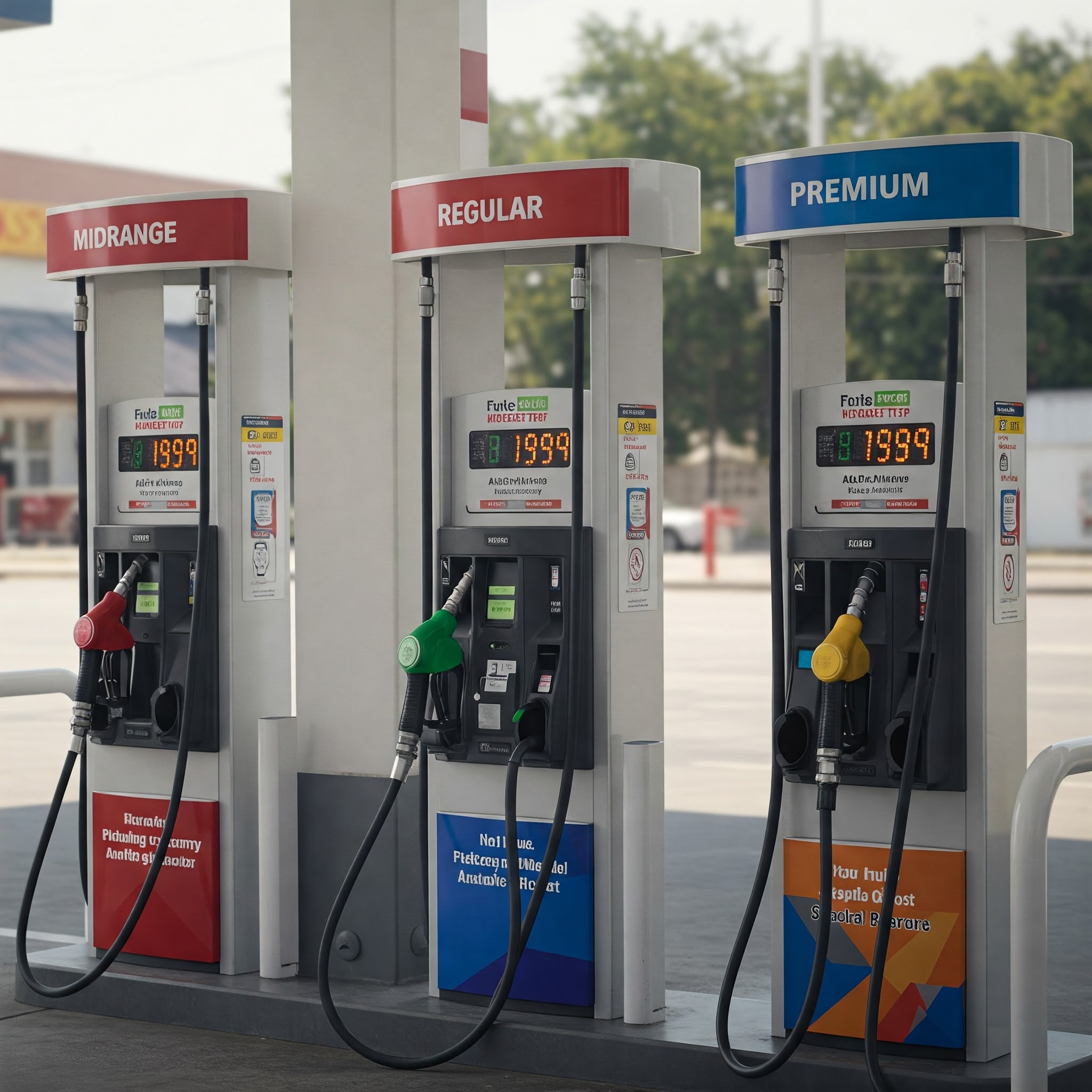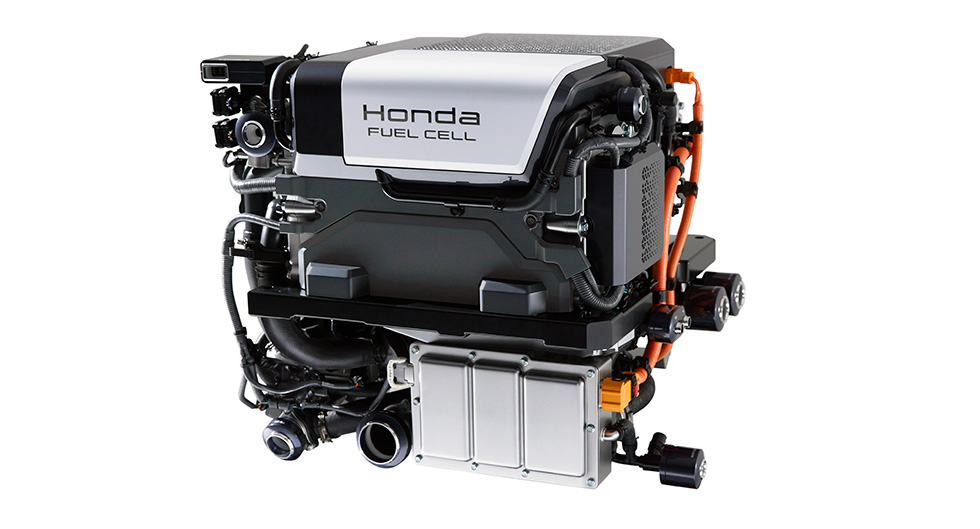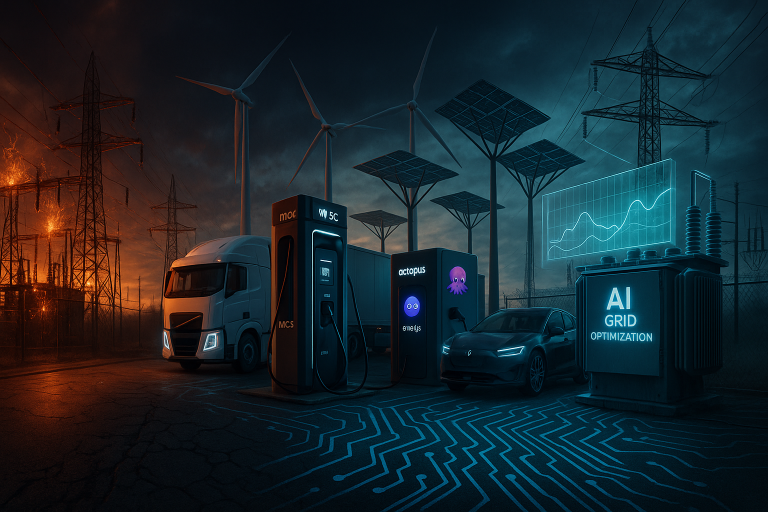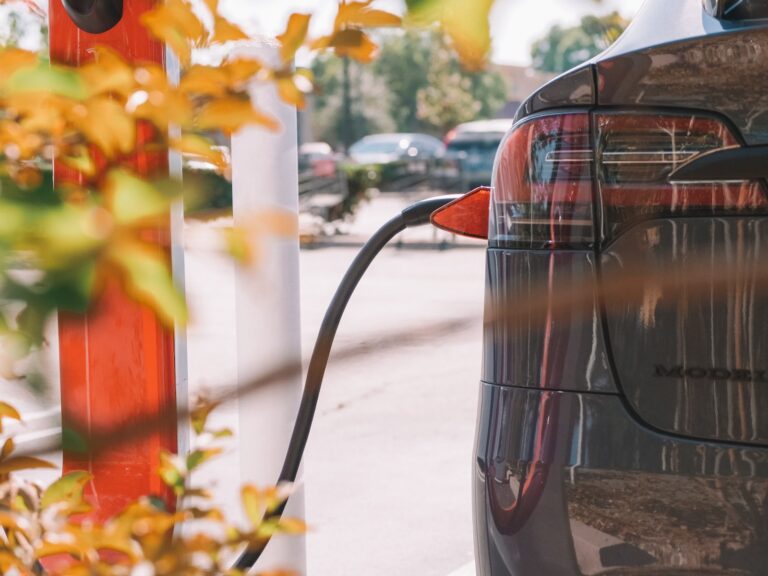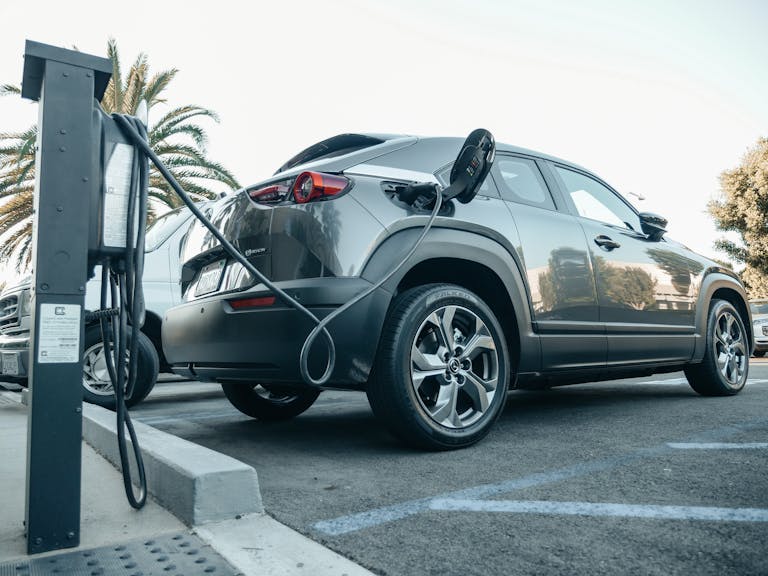Regular, Midgrade, or Premium? How to Choose (and Save Money)
You pull up to the gas station, and the options stare back at you: regular, midgrade, or premium. Is premium gas worth the extra cost, or are you just burning cash? The truth lies in your car’s owner’s manual—not in flashy ads or gas station myths. Let’s dive into the science, the savings, and the smart choices you can make to keep your engine running smoothly without overspending.
1. Octane Explained: The Secret to a Knock-Free Engine
What is engine knocking?
Imagine your engine coughing or sputtering—that’s knocking. It happens when fuel ignites too early under pressure, creating tiny, uncontrolled explosions that can damage pistons, valves, and other components over time. Octane is the fuel’s ability to resist this problem.
- Regular (87 octane): The standard choice for most cars (e.g., Toyota Camry, Honda CR-V).
- Midgrade (89-90 octane): A middle ground, rarely needed unless specified by your car’s manufacturer.
- Premium (91-93 octane): Designed for high-performance engines that compress fuel more tightly (e.g., Porsche 911, BMW M-Series).
Why high octane matters:
High-performance engines are like athletes—they push harder. They compress the air-fuel mixture more before ignition, which generates more power but also increases the risk of knocking. Premium gas burns more slowly and predictably, preventing premature explosions and keeping your engine safe.
2. Myth-Busting: What Premium Gas Really Does (and Doesn’t Do)
🚫 Myth: “Premium gas improves horsepower and fuel economy in any car.”
✅ Reality: Unless your engine is designed for it, premium gas is like putting gourmet coffee in a drip machine—it won’t make a difference.
When Premium Actually Helps:
- Turbocharged or supercharged engines (e.g., Ford Mustang EcoBoost, Audi A4).
- Luxury or sports cars (e.g., Mercedes-Benz AMG, Chevrolet Corvette).
- Older cars prone to knocking (if your manual recommends it).
When to Skip Premium:
- Your manual says “87 octane recommended.”
- You drive an economy car (e.g., Hyundai Elantra, Nissan Rogue).
3. The Price Gap: Why Premium Costs More (and When It’s Worth It)
- Typical premium markup: $0.60–$1.00 more per gallon than regular.
- Annual cost (12,000 miles): $250–$500 extra if your car doesn’t need it.
The Hidden Risks of Using the Wrong Fuel:
- Using regular in a premium-required engine: Can cause knocking, reduced performance, and long-term engine damage.
- Using premium in a regular engine: No harm, but no benefit—just wasted money.
Pro Tip: If your manual says premium is “recommended” but not “required,” you can experiment with regular. If you notice knocking or a drop in performance, switch back to premium.
4. Midgrade Gas: Is It Ever Necessary?
Midgrade (89-90 octane) is often just a blend of regular and premium at the pump. For most drivers, it’s an unnecessary middle ground.
When to Consider Midgrade:
- Your car’s manual specifically recommends it (common in some older models).
- You notice knocking with regular but don’t want to splurge on premium.
Otherwise, skip it. Most cars are perfectly happy with regular or premium.
5. Ethanol Alert: Why Small Engines Need Extra Care
Regular gasoline often contains 10-15% ethanol, which can cause problems for small engines and older vehicles. Ethanol:
- Absorbs moisture, leading to corrosion in fuel systems (bad for boats, lawnmowers, and motorcycles).
- Degrades rubber seals and gaskets in older engines.
The Fix: Use ethanol-free premium gas (look for “REC-90” or “ethanol-free” labels) for:
- Motorcycles (e.g., Harley-Davidson).
- Lawn equipment (e.g., lawnmowers, chainsaws).
- Classic cars and boats.
6. Your 60-Second Fuel Checklist
- Read the manual. Look for “required” (non-negotiable) vs. “recommended” (optional).
- Listen for knocking. A pinging sound? Try higher octane.
- Ignore marketing buzzwords. All fuel grades contain detergents—no need to “upgrade.”
- Track your mileage. Notice a drop after switching fuels? Revert to what works.
7. Hybrids, Electric Cars, and the Future of Fuel
While electric vehicles (EVs) skip gasoline entirely, hybrids like the Toyota Prius still rely on it. Most hybrids are designed to run on regular gas, as their engines prioritize efficiency over power.
The Bigger Picture:
As EVs become more common, the debate over fuel grades may fade. But for now, understanding your car’s needs can save you money and extend its life.
8. Beyond Octane: Other Factors to Consider
- Top-tier gas: Some brands add extra detergents to keep your engine clean. While not tied to octane, it can be worth the small premium for long-term engine health.
- Seasonal changes: In colder climates, ethanol-blended fuels can absorb more moisture. Consider ethanol-free options if you live in a humid or cold area.
- Storage: If you’re storing a car or small engine for months, use a fuel stabilizer or ethanol-free gas to prevent corrosion.
Final Word: Pump Smarter, Not Harder
- For most drivers: Stick with regular. Your wallet will thank you.
- Performance engines: Premium is non-negotiable. Don’t risk costly repairs.
- Small engines: Ethanol-free premium prevents corrosion and keeps your equipment running smoothly.
Next time you’re at the pump, skip the guesswork. Your car’s manual—not the flashy ads—holds the key to smart fueling. Armed with this knowledge, you can save money, protect your engine, and drive with confidence.

